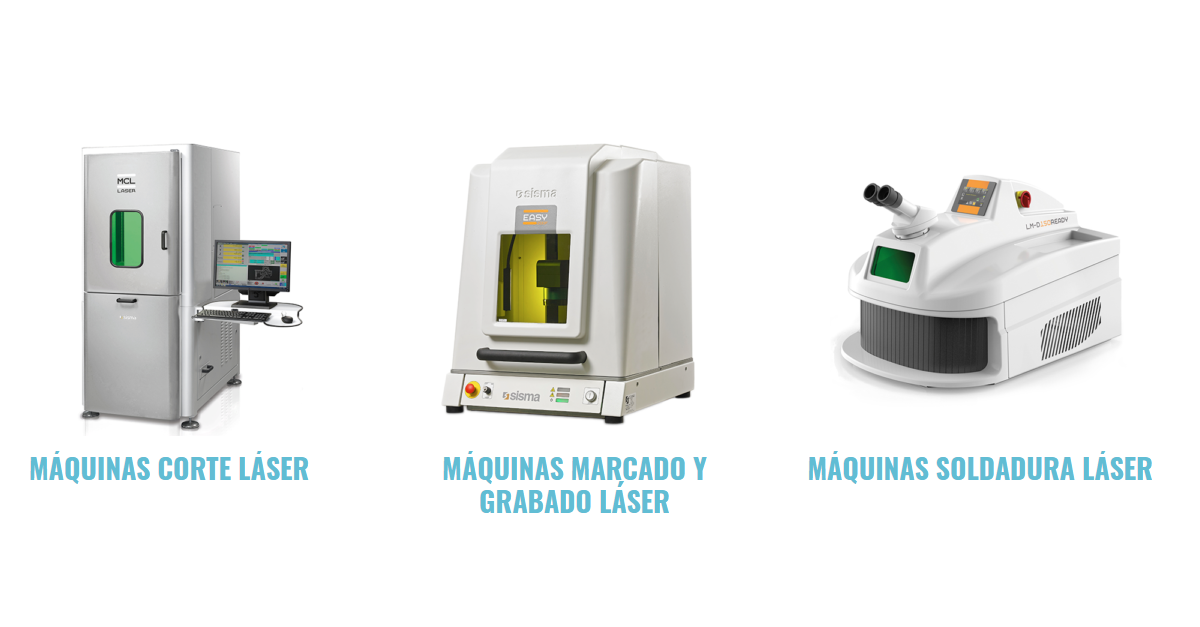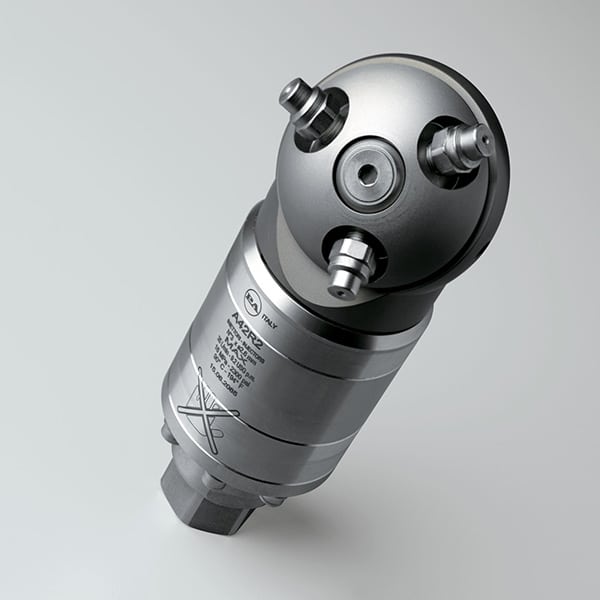

It’s worth noting that there only a handful of fiber-laser manufacturers that offer the laser source to a third party for integration into a marking system. The fiber laser can anneal stainless steel due to its long pulsewidth and larger spot size, putting more heat in the part to draw the carbon to the surface. The fiber laser does not have the same beam quality as Nd:YAG or vanadate lasers, which limits the amount of peak power available. One of the vanadate laser markets is day/night marking-an automotive application in which a top coating is removed to allow light to backlight buttons at night-typically ablating a top coating to expose a lower surface without damaging it.Īpproximately six years ago, fiber lasers were introduced to the marking world and have been the topic of discussion in virtually every marking opportunity. Vanadate lasers are also diode-pumped and deliver beam quality with pulse-to-pulse stability, making them well suited for ablation marking and heat-affected zone (HAZ) applications. The vanadate laser can emit at three different wavelengths: 1064, 532 (green), and 355 nm (blue). The small spot size, along with short pulses, produces high peak power that can be beneficial in deep engraving with crisp, clear marks and small characters. One advantage of Nd:YAG lasers is their beam quality, which leads to a smaller spot size of the laser. Some manufacturers expect more than 35,000 hours of life prior to failure of the diodes.

The diode-based systems are robust with excellent mean time before failure (MTBF). Originally these lasers were lamp-pumped, but have subsequently evolved so that diode pumping is now most common. The Nd:YAG laser was introduced more than 25 years ago and is the workhorse of the industry. Plastics also absorb the higher wavelength laser output (see Fig. Ferrous and non-ferrous materials have excellent absorption at 1064 nm, while precious metals do so at 355 and 532 nm. It is also important to understand how the material to be marked absorbs laser light at the wavelength of the laser chosen. These include Nd:YAG, Nd:YVO 4 (vanadate), and fiber lasers, each with its pros and cons. Within that category, there are several technology options when choosing a pulsed laser for marking. Although solid-state continuous-wave and CO 2 lasers are used for marking, they are generally not used to mark metal, so this article will focus on solid-state pulsed lasers.

Working Area: 23.43”L X 19.48”W X 14.In laser marking processes, the type of material, quality of mark required, and speed will all play a role in the optimum choice of laser.Engraving materials: Engraves on precious metals & plastic.The Sisma Big Smarky comes equipped with the SLC Sisma software. The wide working chamber also allows easy integration of accessories such as a plate microfeeder, inside and outside ring attachment or rotating table for high speed productivity. The Big Smarky laser source gives you the possibility to mark on a working area of 23.43”L X 19.48”W X 14.96”H. This high quality marking laser allows you to engrave names, logos and inscriptions as well as transfer photographic images onto metal.

The Big Smarky machine is a flexible and economic laser system for marking plastic and any type of metal material.


 0 kommentar(er)
0 kommentar(er)
